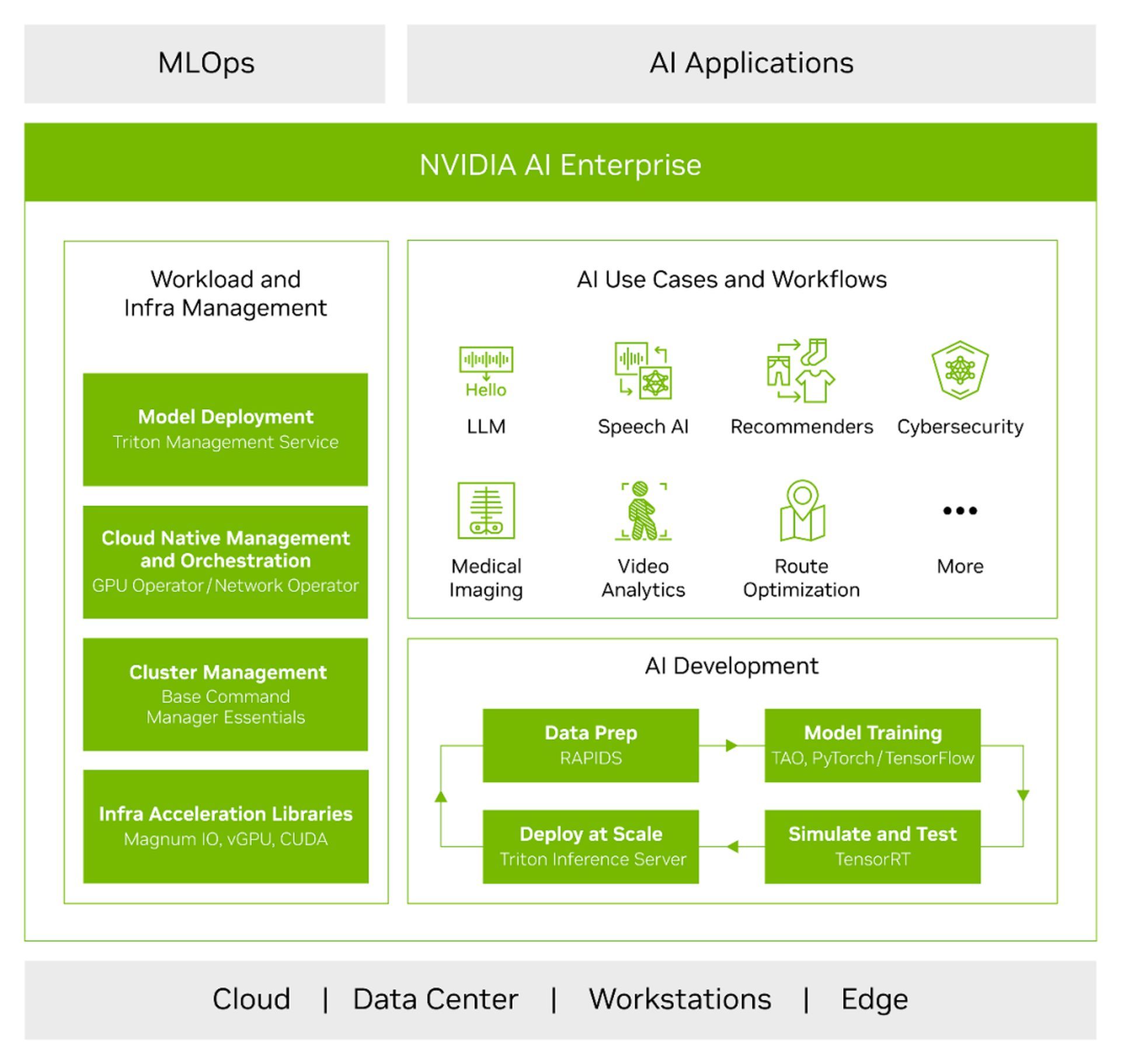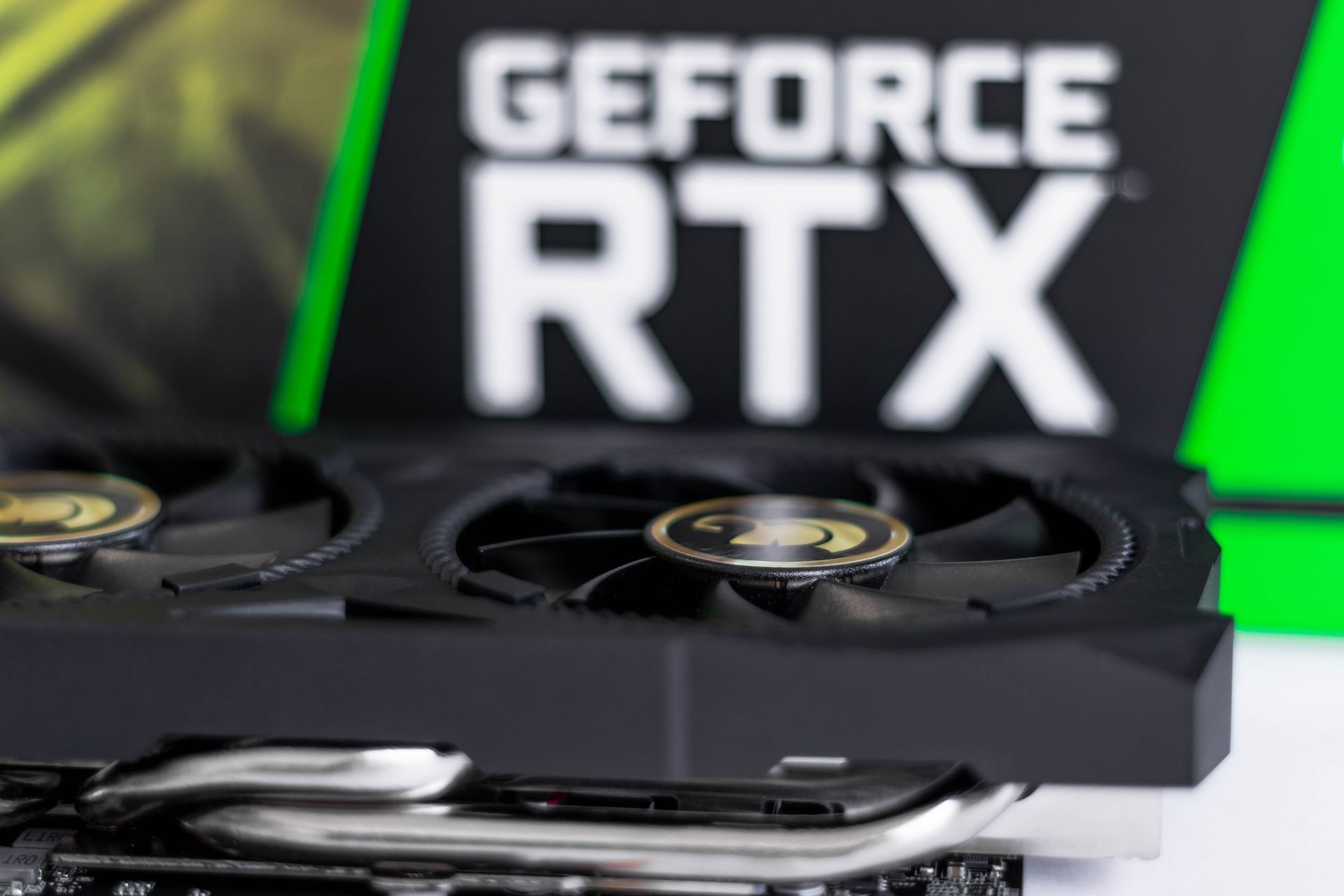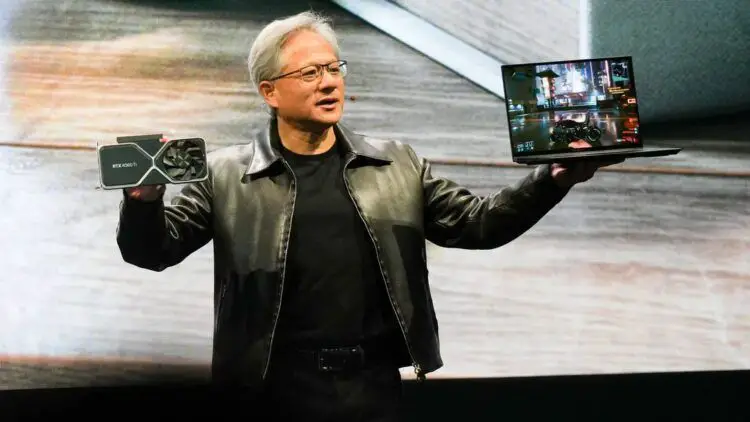In a recent report following the close of markets on Wednesday, Nvidia unveiled Q2 earnings that underscore its impressive role as a major player in the thriving world of generative AI. The earnings not only showcase the financial gains achievable in the generative AI domain but also affirm Nvidia’s position as a key provider in this burgeoning landscape.
Jensen Huang, Nvidia’s founder and CEO, pointed out the remarkable transition happening in the tech sphere. He stated, “A new computing era has begun. Companies worldwide are transitioning from general-purpose to accelerated computing and generative AI.” This sentiment holds true as Nvidia has positioned itself as a principal supplier in the generative AI sector. Their A100 and H100 AI chips, powering applications like OpenAI’s ChatGPT, have witnessed a significant surge in demand over the past year.

“The race is on to adopt generative AI”
The appetite for resource-intensive AI applications has been steadily growing, leading to substantial shifts in infrastructure to accommodate this trend. Huang noted that several cloud service providers are in the process of integrating Nvidia’s H100 AI hardware into their data centers. Furthermore, partnerships between Nvidia and enterprise IT systems and software providers are on the rise, signifying a broadening embrace of Nvidia’s AI technologies across various industries.
As Huang aptly put it, “The race is on to adopt generative AI.”
Nvidia’s Q2 revenue came in at a whopping $13.51 billion, surpassing the expectations of Wall Street and doubling the $6.7 billion from the same period the previous year. Analysts who had forecasted Q2 revenue at $11.22 billion were clearly taken by surprise.
The net income figures are equally staggering. The company reported a GAAP net income of $6.18 billion, an astonishing leap from the $656 million recorded during the same period last year. This monumental gain is nearly ninefold. Even when compared to the first quarter, which saw earnings of $2.04 billion, Nvidia’s net income has soared to new heights. The earnings per diluted share for the quarter stood at $2.48, showcasing an 854% increase from the corresponding period last year. This is markedly higher than the analysts’ projected earnings per diluted share of $2.09, as reported by Yahoo Finance.

What’s evident from these results is the dramatic transformation in Nvidia’s business landscape. The gaming division, once the primary revenue driver, has taken a back seat to the data center unit. While the gaming sector remains on an upward trajectory with Q2 revenue of $2.49 billion (a 22% increase from the previous year), the data center business has emerged as the true powerhouse. Nvidia’s data center business raked in an impressive $10.32 billion in revenue, marking a staggering 141% growth from the preceding quarter and a remarkable 171% increase from the same period a year ago.
Huang’s strategic move in 2018 to embrace AI-powered image processing through technologies like ray tracing and intelligent upscaling, namely RTX and DLSS, has proven to be a game-changer. This calculated gamble has paid off handsomely, and Nvidia is poised for even more remarkable growth.
Looking ahead, Nvidia’s forecast for the third quarter sets the stage for continued expansion. The company predicts revenue of $16 billion, with a slight margin of variance. During the earnings call, Huang elaborated on the seismic shifts taking place in the tech world. He emphasized, “The world has something along the lines of about a trillion dollars’ worth of data centers installed in the cloud… transitioning into accelerated computing and generative AI. We’re seeing two simultaneous platform shifts at the same time.”
He further highlighted the efficiency and performance benefits of accelerated computing, coupled with the now-undeniable influence of generative AI. Huang summed it up, “This incredible application now gives everyone two reasons to transition… to this new way of doing computing accelerated computing.”

Nvidia’s Q2 earnings not only depict a flourishing company but also mirror the broader industry shift towards accelerated and generative AI. As Nvidia continues to innovate and capture the momentum in this exciting landscape, its role as a driving force is indisputable.
The company has been on the offensive for a while now. For a recent initiative that was launched, make sure to check out how Nvidia’s AI Workbench reinvents AI development.
Featured image credit: Computex





